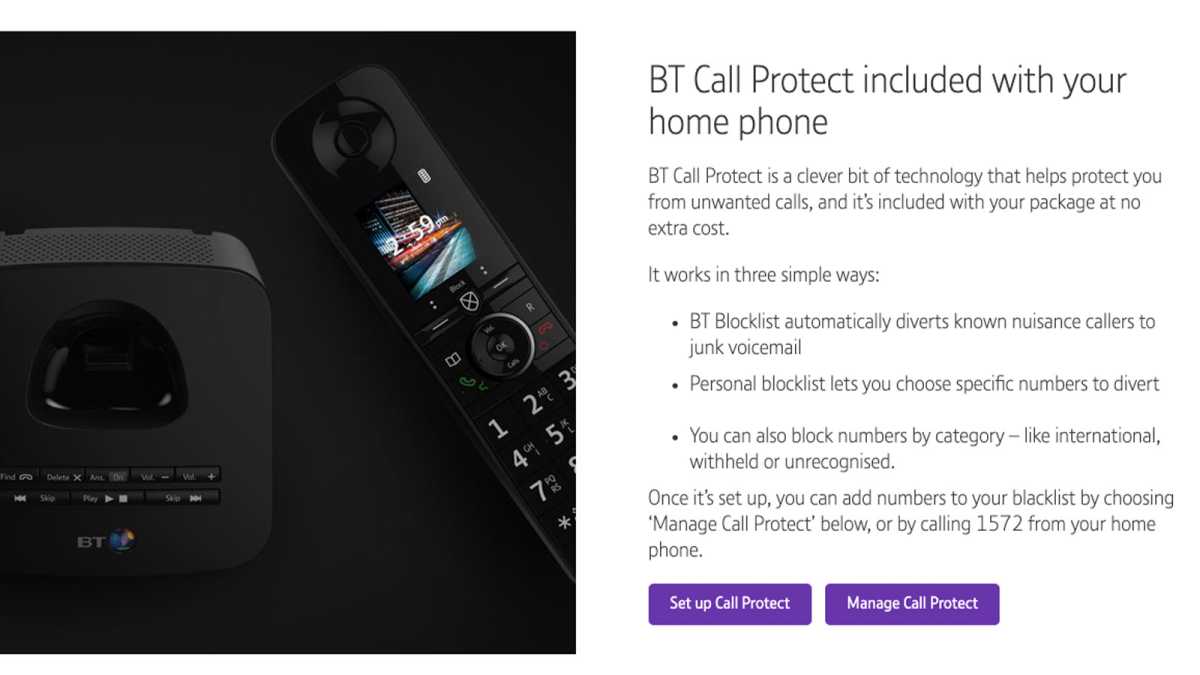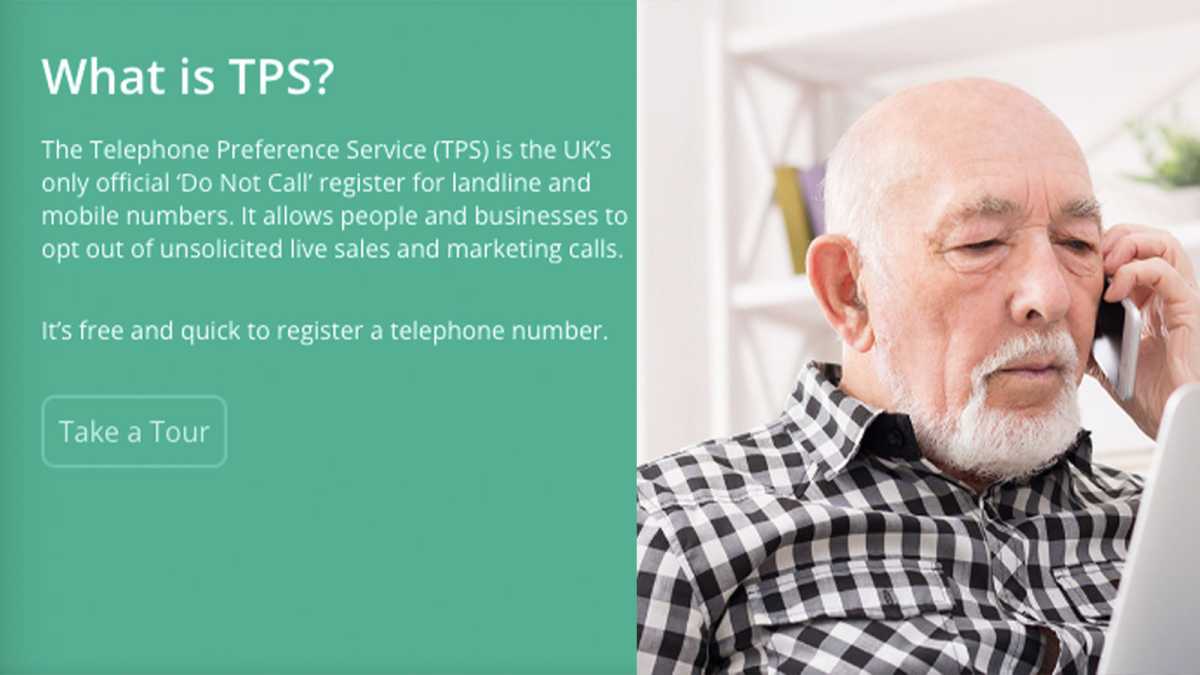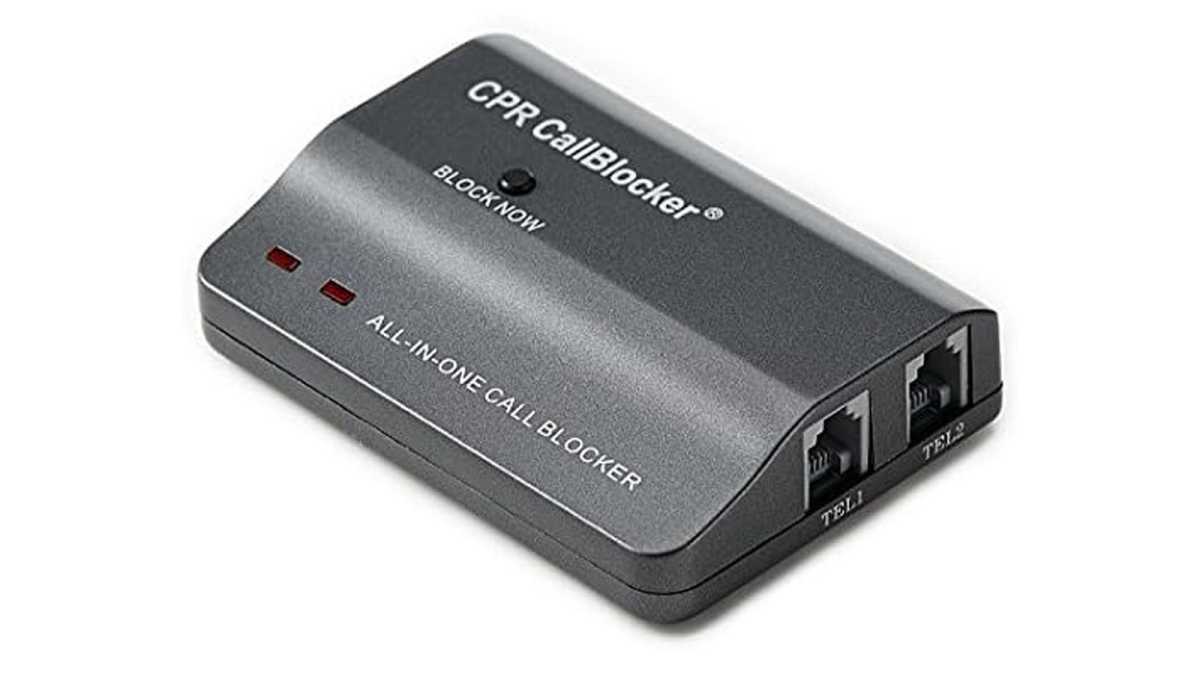Nuisance calls are a daily annoyance but without Caller ID – which displays the number of the person calling – it’s difficult to know who’s on the end of the line until you answer it. But once you answer, it’s too late and you’re stuck talking to them. Happily, Ofcom has banned companies from withholding their number while making cold calls.
How can I screen phone calls on a landline?
BT customers
BT has a free service – BT Call Protect – that helps avoid nuisance calls. It claims the service enables it to divert to a junk voicemail box up to 30 million nuisance calls a week.
Numbers will also be added to this blacklist when many customers report nuisance calls from the same number, and you can compile your own blacklists which can include individual numbers, withheld numbers and international calls. To add a number, simply call 1572 after receiving the unwanted call. This works only after you have signed up for Call Protect, of course.
It’s free if you’re a BT customer. All you need to do to enable the service on your line is to click through to www.bt.com/callprotect or call 0800 389 1572. You will have to go through an ordering process, but you’ll need only your BT phone number and postcode to do so: no payment details are required and it is a permanently free service, not a special offer which becomes a paid service after, say, 12 months.

BT
TalkTalk customers
TalkTalk launched its own call-screening service on 17 January 2018 and it’s also free. It’s called CallSafe and you can enable it by dialling 1472. You can then view and manage your approved and blocked callers through My Account or by calling 1472.
People you regularly call won’t be blocked, and calls from known nuisance callers will never be put through. If someone is calling from a number not on the naughty list, but who hasn’t called you before, they will have to record a short message which you’ll hear when you pick up the phone. You can then decide whether or not to accept the call.
That’s a feature you only get with BT if you buy a special landline phone.
Sky customers
Sky’s screening service is called Talk Shield. It’s free if you have Sky Broadband and Sky Talk. You have to sign into your Sky account to activate it if you didn’t do so when your services first went live.
It asks callers to give a short introduction when they call, and you then decide if you want to take their call without them knowing if you’re available.
Of course, it will allow calls from those on your ‘Star’ list without forcing them to jump through that extra hoop, and you can also add numbers to a block list.
Telephone Preference Service – register with TPS by text
Despite over 17 million domestic phone numbers being registered with the TPS, the government scheme seems to have done little to reduce the number of nuisance calls – in my experience, at least. Telemarketing firms are supposed to check this database and avoid calling those numbers.
You can register your number on the TPS but it’s only one step to banish all nuisance calls. Many companies either ignore the rules, or call from outside the UK, meaning the rules don’t apply.
Since May 2016, it’s been a lot easier to register your mobile phone number on the TPS, since you can now do so by text message. Simply type TPS followed by your email address to 78070 to register on the official Do Not Call database.

TPS
Get Caller ID
As long as you have a compatible phone, you can ask your telephone provider if it’s possible to display the number of the person calling. Most companies offer the service for free.
If the number calling is in your phone’s address book, then the name appears instead. On the BT handset I was using until recently, international calls were flagged up as exactly that, and since we don’t have any overseas relations (or friends who would call), it’s easy to avoid answering calls from anyone we don’t know.
Actively block calls
The main issue with nuisance calls is that even if you know not to answer them, it’s still a pain that you have to listen to the phone ringing, or get up to it to find out who’s calling.
It may be possible that your telephone provider will block specific numbers but it will typically cost money, usually a few pounds per month. BT calls this Choose to Refuse, but it also has other ‘calling features’ which include blocking all withheld UK numbers.
That’s where call blockers come in. These are boxes which you plug in-line with your existing landline. I tried one from Amazon – the CPR 1200 – which costs £29.99. If nuisance calls really bother you, it’s well worth it for the peace and quiet.

CPR
The box comes with 200 known nuisance numbers already programmed, but you can add a new number simply by pressing the button on top after you answer a call and discover it’s a nuisance or cold caller. (This works only if the number calling is visible via Caller ID, and you need Caller ID for the box to work at all.)
The CPR 1200 also lets you block international calls, withheld or private numbers, and entire area codes. Everything is done using your phone’s keypad, and it comes with a quick-reference sticker so you don’t have to memorise the combinations to press. Since the box is powered from the phone line, it doesn’t need a mains adaptor, so it’s convenient and easy to install.
It can even handle two phone lines and two phone handsets.
BT Cordless Home Phone with Nuisance Call Blocking
An alternative to a separate box is a new phone which has similar features built in. BT’s Premium Cordless Home Phone with Nuisance Call Blocking costs £94.10.
The main handset includes buttons for controlling the built-in answerphone, and syncs its address book with other handsets (there are single, twin and trio handset packs). When someone calls, the phone answers automatically and asks the person to state their name. Only then will it ring and alert you. You’ll then hear a message telling you who’s calling and you can choose whether to accept the call only once, always, send it to answerphone or always block it.
Friends and family will automatically get through as long as their number is in your address book. You can sync your mobile phone contacts to your home phone for an easy set-up.
Another nice feature of the phone is Do Not Disturb, which mutes the ringer and LEDs. You can tag certain people as VIPs in the address book, so their calls still get through.
Block numbers on your mobile phone
The options above are great if you have problems with nuisance calls on your landline, but these days it’s becoming more of an issue on mobile phones.
For specific ways to block callers on your smartphone, see How to block a number on an iPhone and How to block a number on Android.


